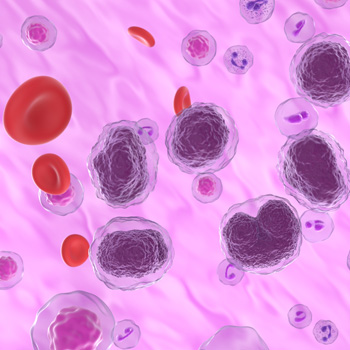Keywords
Bendamustine, drug-induced aplastic anaemia, anaemia, non-Hodgkin’s lymphoma, pancytopenia
Abstract
Introduction: During treatment for malignant lymphoma, cytopenia can develop for several reasons. This can range from mild cytopenias leading to infection and bleeding to full-blown drug-induced aplastic anaemia. While aplastic anaemia affects individuals of all genders and ages, here, we describe aplastic anaemia after chemotherapy exposure to bendamustine in a 65-year-old female with non-Hodgkin’s lymphoma.
Case description: A 65-year-old woman with recurrent indolent marginal zone lymphoma and post-chemotherapy with bendamustine and rituximab, presented with a neutropenic fever and was admitted with a leading diagnosis of sepsis. In the previous two weeks, the patient required regular transfusions of packed red blood cells and platelets and maintained a daily ZARXIO® regimen. Laboratory results revealed pancytopenia, and broad-spectrum antibiotics (cefepime/vancomycin) were given. The patient was subsequently admitted to the hospital under the care of the haematology/oncology team and was ultimately diagnosed with aplastic anaemia, likely as a consequence of bendamustine chemoimmunotherapy. She elicited a positive response to the triple immunosuppressive therapy (IST) regimen (two immunotherapeutic agents plus one anti-thymocyte globulin (ATG), after which her cell counts returned to normal.
Conclusions: This case underscores the importance of recognising haematologic complications linked to bendamustine and advocates for further research to increase the understanding among healthcare professionals of drug-induced aplastic anaemia. Bendamustine can cause severe autoimmune haemolytic anaemia and aplastic anaemia and may require multiple transfusions and a multidrug regimen for treatment. The use of ATG as a therapeutic intervention is appropriate because it has been effective in treating aplastic anaemia.
References

Views: 408
PDF downloads: 259
HTML downloads: 10
Published:
2024-02-28
Issue:
2024: Vol 11 No 3
(view)










